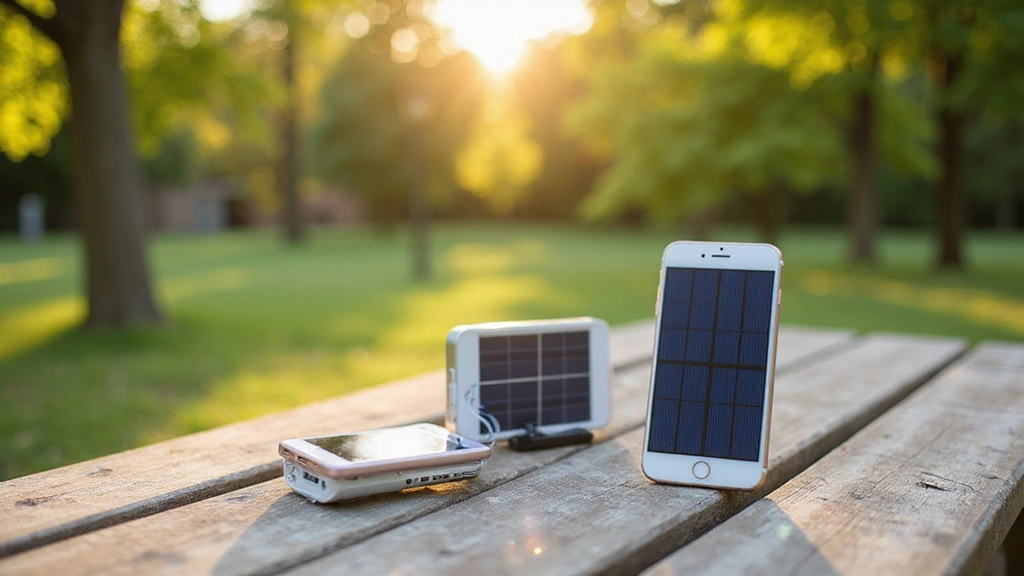(Approx. 5-minute read)
In a world increasingly reliant on instant connectivity, the thought of being cut off during a disaster can be truly unsettling. Earthquakes, hurricanes, wildfires, blizzards, or even widespread power outages can quickly silence our usual communication channels – cell towers overloaded, internet lines down, and landlines rendered useless. But in times of crisis, reliable communication isn’t just a convenience; it’s a lifeline for coordinating with family, seeking help, and staying informed.
This article will explore practical strategies and tools to help you maintain communication when traditional systems fail.
Why Communication Fails During Disasters
Before we dive into solutions, it’s helpful to understand why our communication systems are so vulnerable:
- Power Outages: Most modern communication relies on electricity. No power means no cell towers, no internet routers, and eventually, dead mobile devices.
- Infrastructure Damage: Physical damage to cell towers, fiber optic cables, and telephone lines from wind, floods, or seismic activity can sever connections.
- Network Congestion: Even if infrastructure is intact, a surge in call volume during a crisis can overwhelm networks, leading to dropped calls and undelivered messages.
- Limited Range: Many common communication methods, like cordless phones, rely on short-range wireless signals that are dependent on a working base station.
Essential Strategies for Disaster Communication
The key to successful disaster communication is diversification and preparation. Don’t put all your eggs in one basket.
1. The Low-Tech Lifeline: Human Runners & Pre-Arranged Meeting Points

Sometimes, the oldest methods are the most reliable.
- Designate Out-of-Area Contacts: Choose a relative or friend who lives far away from your immediate area. In a regional disaster, local lines may be jammed, but long-distance calls might still go through. Everyone in your family should know this contact’s number by heart.
- Establish Family Meeting Points: Have a primary meeting point close to home (e.g., a specific tree, a neighbor’s house) and a secondary meeting point outside your immediate neighborhood (e.g., a community center, a relative’s house a few towns over). This gives your family a clear destination if communication is impossible.
- Written Information: Keep a physical list of important phone numbers (family, friends, emergency services, doctors, insurance) in your emergency kit. Don’t rely solely on your phone’s contact list.
2. Powering Up Your Devices (and Your Options)
Even if the grid goes down, your devices can still be useful if they have power.
- Portable Power Banks: Invest in high-capacity power banks for charging phones and other small electronics. Keep them charged!
- Anker Portable Charger, 20,000mAh Power Bank
- Solar Chargers: For extended outages, a solar charger can be invaluable for topping up devices.
- BigBlue 28W Solar Charger with USB Ports

- Hand-Crank/Dynamo Chargers: These are slow but provide a reliable, grid-independent source of power. Often integrated into emergency radios.
- Vehicle Chargers: Your car can be a powerful charging station. Keep appropriate USB adapters and cables in your vehicle emergency kit.
3. Communications Devices Beyond Your Smartphone
When cell towers are out, you’ll need alternative technologies.

- Two-Way Radios (Walkie-Talkies): I’m sure many of you played with some of these when you were younger. Today’s models are technologically far superior and can fill the gap for mid-range (10-30 miles) communications with family or team members when you’re on the go and your mobile phone is not an option.
- Motorola T470 Rechargeable FRS/GMRS Two-Way Radios
- FRS/GMRS Radios: These are affordable, easy to use, and don’t require a license for basic Family Radio Service (FRS) channels. General Mobile Radio Service (GMRS) offers more power and range but requires a simple FCC license. They are excellent for short-range communication with family members within a few miles.
- Ham Radios (Amateur Radio): For serious preppers, amateur radio offers long-distance communication capabilities and is incredibly resilient. This requires a license and training, but it connects you to a global network of operators who often assist during emergencies. Join a local Ham radio club for training and support.
- Satellite Communicators/Messengers: These devices communicate via satellite, bypassing terrestrial networks entirely. They allow you to send texts, GPS coordinates, and even limited email, often with an SOS feature. They require a subscription plan.
- Garmin inReach Mini 2 Satellite Communicator

- CB Radios (Citizen Band Radio): While less common now, CB radios can be useful for localized communication, especially on rural roads or for truckers. No license required.
- Emergency Hand-Crank/Solar Radios (NOAA Weather Radio): These are crucial for receiving information from authorities, especially NOAA weather alerts. Many also include USB charging ports for small devices and flashlights.
- Midland ER310 Emergency Crank Weather Radio

4. Creative Use of Existing Technology
Don’t overlook the communication potential of devices you already own.
- Text Messaging (SMS): When voice calls fail due to network congestion, text messages often still go through because they use less bandwidth. Keep messages brief.
- Social Media ( sparingly): While not ideal for critical communication, platforms like Facebook or Twitter can sometimes be used to check in with distant contacts if internet access is sporadic or restored before phone lines. Keep in mind these are public platforms.
- Voice over IP (VoIP) Apps: Apps like WhatsApp, Signal, or Google Voice can sometimes work if you have a weak internet connection (e.g., a neighbor’s Wi-Fi that’s still up, or a data plan that’s slowly getting through). They rely on data, not traditional phone lines.
Actionable Steps for Your Communication Plan
- Develop a Family Communication Plan: Sit down with your household and discuss what you’ll do if communication goes down.
- Designate out-of-area contacts.
- Establish primary and secondary meeting points.
- Practice how to use any new communication devices.
- Assemble a Communication Kit:
- Fully charged power banks and charging cables.
- Solar charger.
- FRS/GMRS radios with extra batteries.
- Hand-crank/solar NOAA weather radio.
- A laminated list of emergency contacts.
- Stay Informed: Monitor emergency broadcasts via your NOAA weather radio. Follow official emergency management accounts on social media before a disaster, so you know where to look for updates if you do get sporadic access.
- Conserve Power: During an outage, put phones on airplane mode, turn off Wi-Fi/Bluetooth, and close unnecessary apps to extend battery life.
Conclusion
Disasters are unpredictable, but your ability to communicate doesn’t have to be. By diversifying your communication methods, investing in reliable power sources, and having a clear family plan, you can significantly increase your chances of staying connected and safe when traditional systems fail. Don’t wait for a crisis to realize the importance of communication – start preparing today.
Resources Referenced:
- Anker Portable Charger, 20,000mAh Power Bank: https://amzn.to/3SQgiwi
- BigBlue 28W Solar Charger with USB Ports: https://amzn.to/43XPejI
- Motorola T470 Rechargeable FRS/GMRS Two-Way Radios: https://amzn.to/3SMP1La
- Garmin inReach Mini 2 Satellite Communicator: https://amzn.to/404iEeT
- Midland ER310 Emergency Crank Weather Radio: https://amzn.to/3HBjUzU
- Federal Communications Commission (FCC) – GMRS Licensing: https://www.fcc.gov/general-mobile-radio-service-gmrs
- ARRL (The national association for Amateur Radio): https://www.arrl.org/

